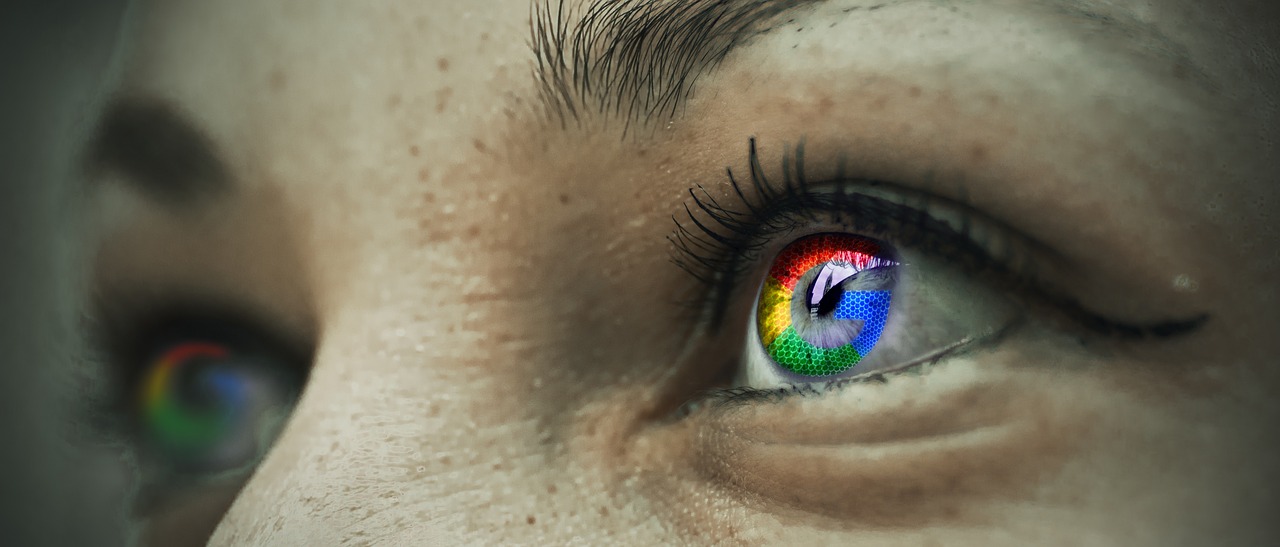7 Web Design Faux Pas to Avoid
| Designing a website requires attention to detail and the knowledge of a few dos and don’ts. While there are many techniques to ensure a well designed and effective website, designers are still prone to making mistakes, some more common than others. Here are some of the most common mistakes that often make a huge difference. |
1. Never Ending Pages
One of the most common mistakes in the designing stage includes setting up long web pages. Users do not like to scroll endlessly unless your content is that impressive. It is best to provide different links for each page rather than listing it out on a single ‘never ending’ page. Most users require information pertaining to a specific topic and if your website does not deliver this information in the least time, you could risk losing several readers.
2. New Browser Windows
Several designers tend to make their websites open new browser windows when a link is clicked. This step is taken by designers to ensure that the user returns to their site. This theory is merely a distraction as most users are accustomed to using the ‘back’ button. It is also unwise to take control away from users by automatically opening new windows even when the user does not want it.
This feature is even more distracting on smaller screens as it is difficult to determine whether a new window has been opened. Unnecessary windows that pop up unannounced are truly a hassle that users face on a regular basis. It is best to provide direct links and allow the user to take control of his/her surfing habits.
3. Unnecessary Use of Flash and Music
Using appropriate music or animation can be a fun addition to your website but overdoing it can fail. Users nowadays are looking for direct information without ‘flashy’ additions. It is best to use visually pleasing graphics and minimal animation to convey your message. It is also not advisable to embed music as it is very distracting and unwanted. Additionally, not all computers, laptops and smartphone devices are compatible with flash.
4. Distracting Advertising
One of the biggest enemies of peaceful web surfing is advertising. Users are often bombarded with advertisements, pop up displays and other distractions when they are trying to look for information. Avoid mixing distracting advertising on the web pages that contain useful information. As far as possible, avoid all forms of annoying advertisement on your website owing to the risks of losing readership, and keep it as relevant as possible.
5. Needless Registration
A number of websites ask users to register and log in for every miscellaneous activity on the website. Although it may be advisable as a marketing move, it is important to understand that internet users prefer options that are free. Forcing users to register to see even the smallest details will end up costing you as the user will simply search for the same information on another website. Whether they have to leave comments or check content on your site, it is best not force users to register.
6. Irrelevant Content
Content is king. You may generate enough traffic by using all tricks and trades of SEO but you cannot retain the readership unless you provide quality content. Users are usually looking for specific information and it is upto you to provide the same. Despite using the right keywords, your website will not rank well unless you have provided specific and authentic information. If the website sells a particular product or brand, make sure to include all the details a potential customer will want to know like price, warranty etc.
7. Unnecessary Web Pages
Do not insert additional pages on your website just to make it appear bulky. Including a separate home page to lead you to the main website is a waste of time for many users and might cost you readership in the long run.

